From The Volokh Conspiracy and Alliance Defense Fund:
How Separation of Church and State Was Read Into the Constitution (Hint: the KKK got its way)
Jim Lindgren • October 20, 2010 3:38 pm
The flap over Christine O’Donnell’s debate comment suggests that many people still don’t know how Separation of Church and State became part of the law of the First Amendment.
On this, I reprint part of an old post from 2005:
6. The phrase “Separation of Church and State,” as Philip Hamburger establishes in his classic book on the subject, is not in the language of the first amendment, was not favored by any influential framer at the time of the first amendment, and was not its purpose.
7. The first mainstream figures to favor separation after the first amendment was adopted were Jefferson supporters in the 1800 election, who were trying to silence Northern clergy critical of the immoral Jeffersonian slaveholders in the South.
8. After the Civil War, liberal Republicans proposed a constitutional amendment to add separation of church and state to the US Constitution by amendment, since it was not already there. After that effort failed, influential people began arguing that it was (magically) in the first amendment.
9. In the last part of the 19th century and the first half of the 20th century, nativists (including the KKK) popularized separation as an American constitutional principle, eventually leading to a near consensus supporting some form of separation.
10. Separation was a crucial part of the KKK’s jurisprudential agenda. It was included in the Klansman’s Creed (or was it the Klansman’s Kreed?). Before he joined the Court, Justice Black was head of new members for the largest Klan cell in the South. New members of the KKK had to pledge their allegiance to the “eternal separation of Church and State.” In 1947, Black was the author of Everson, the first Supreme Court case to hold that the first amendment’s establishment clause requires separation of church & state. The suit in Everson was brought by an organization that at various times had ties to the KKK.
11. Until this term, the justices were moving away from the separation metaphor, often failing to mention it except in the titles of cited law review articles, but in the last term of the Court they fell back to using it again.
12. As Judge Roberts pithily pointed out in the hearings, only one justice (Breyer) thought that both of the leading establishment clause cases delivered this last term were correctly decided.
Subscribe to:
Post Comments (Atom)
.gif)



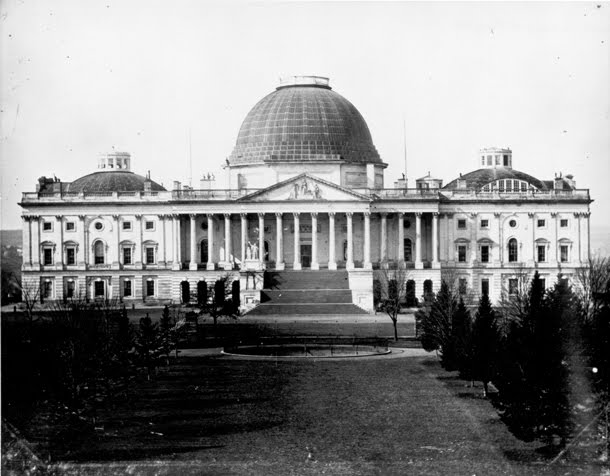









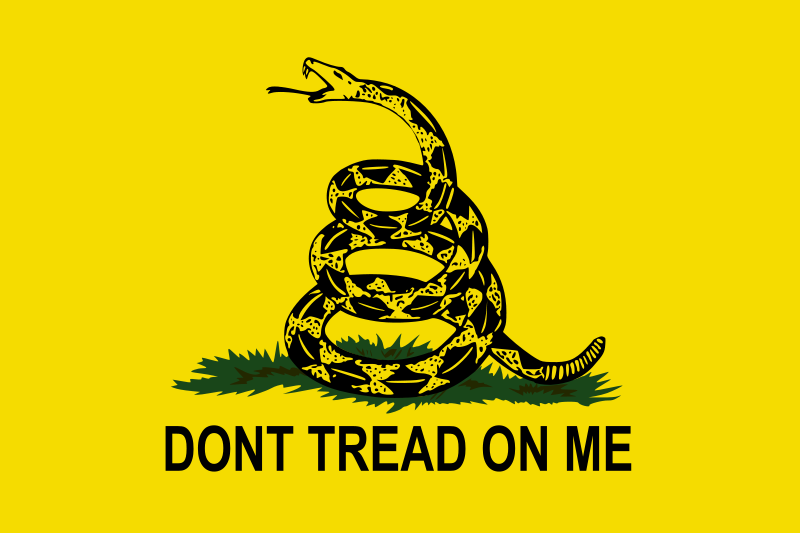
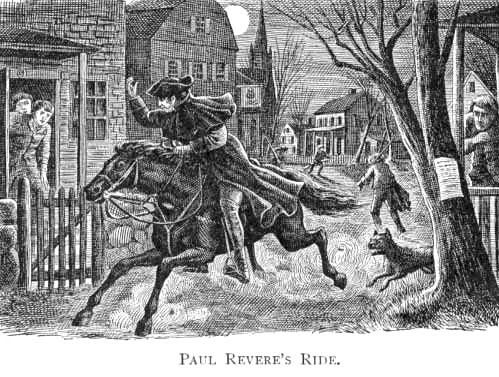

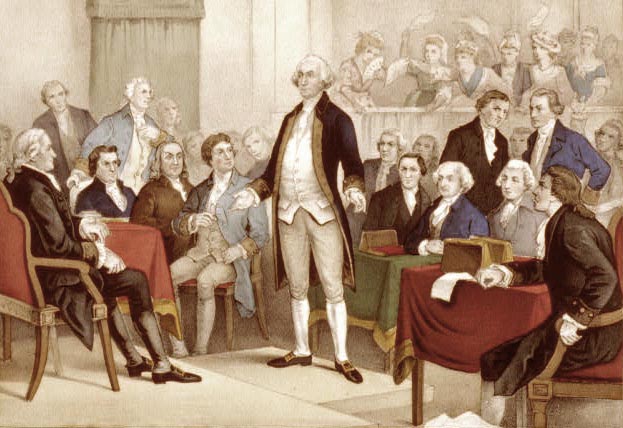

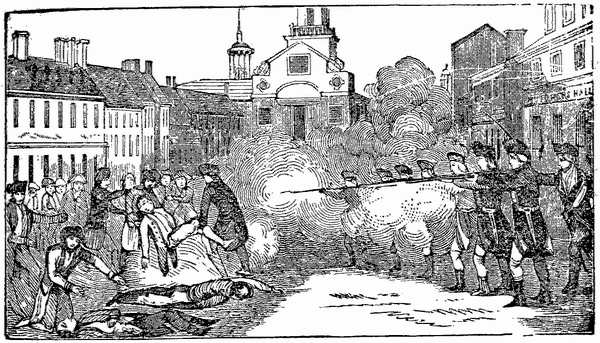
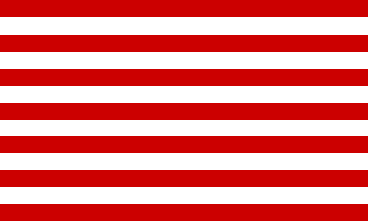
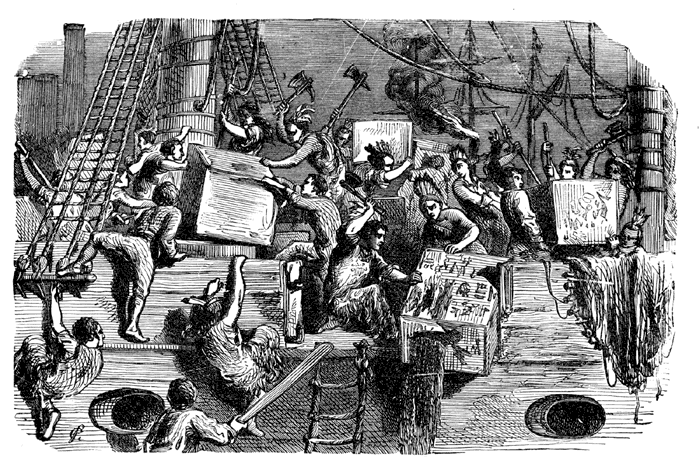




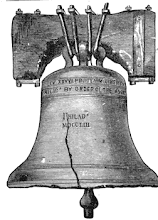




No comments:
Post a Comment